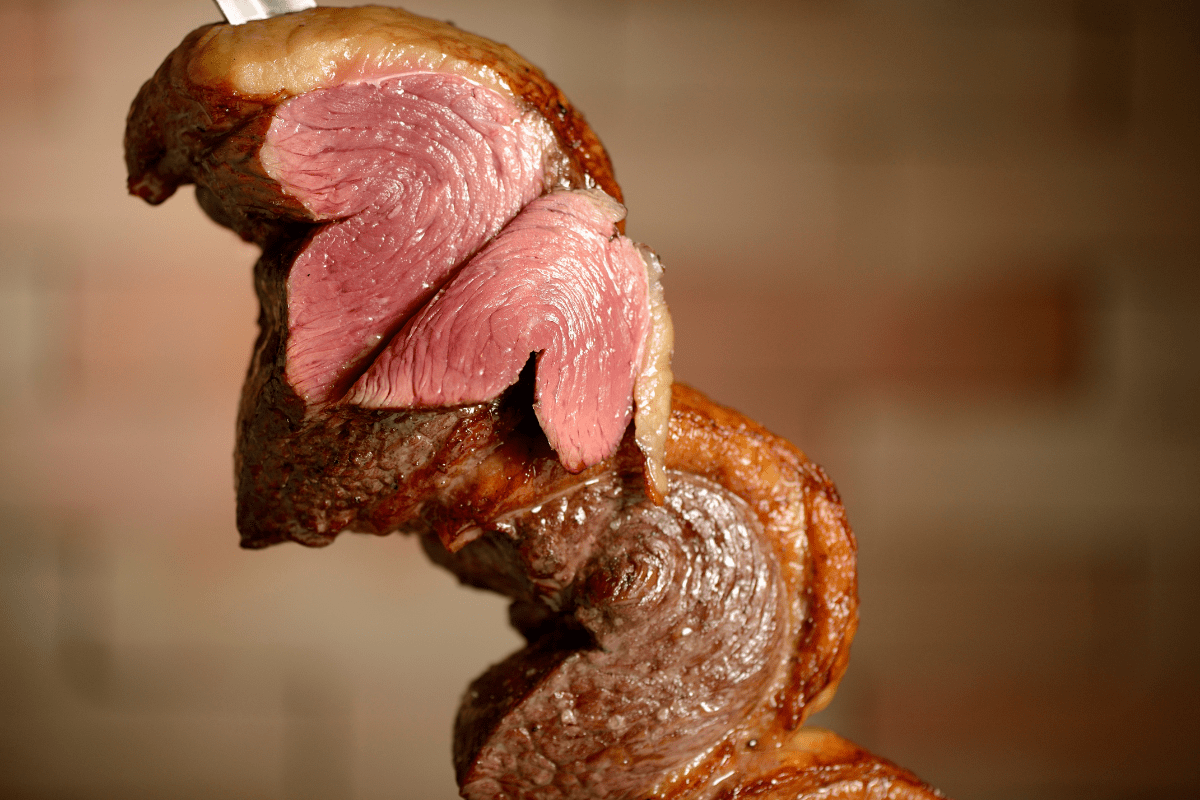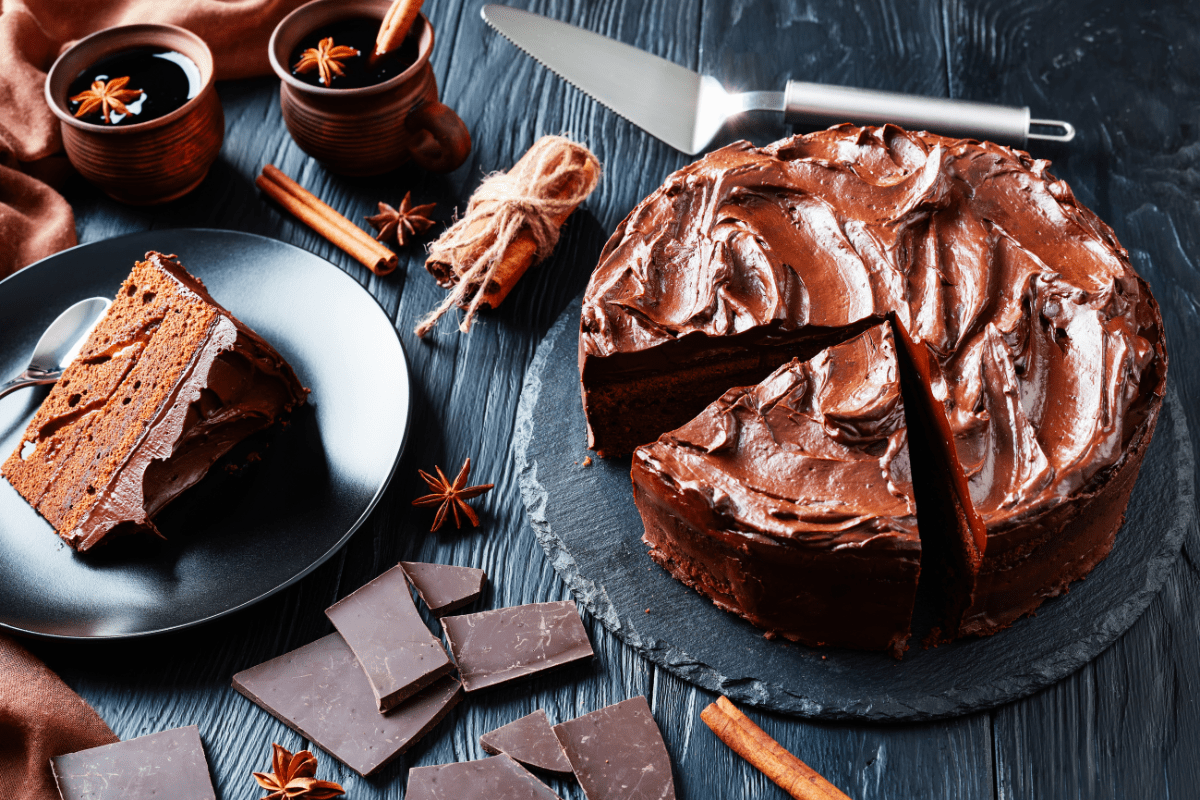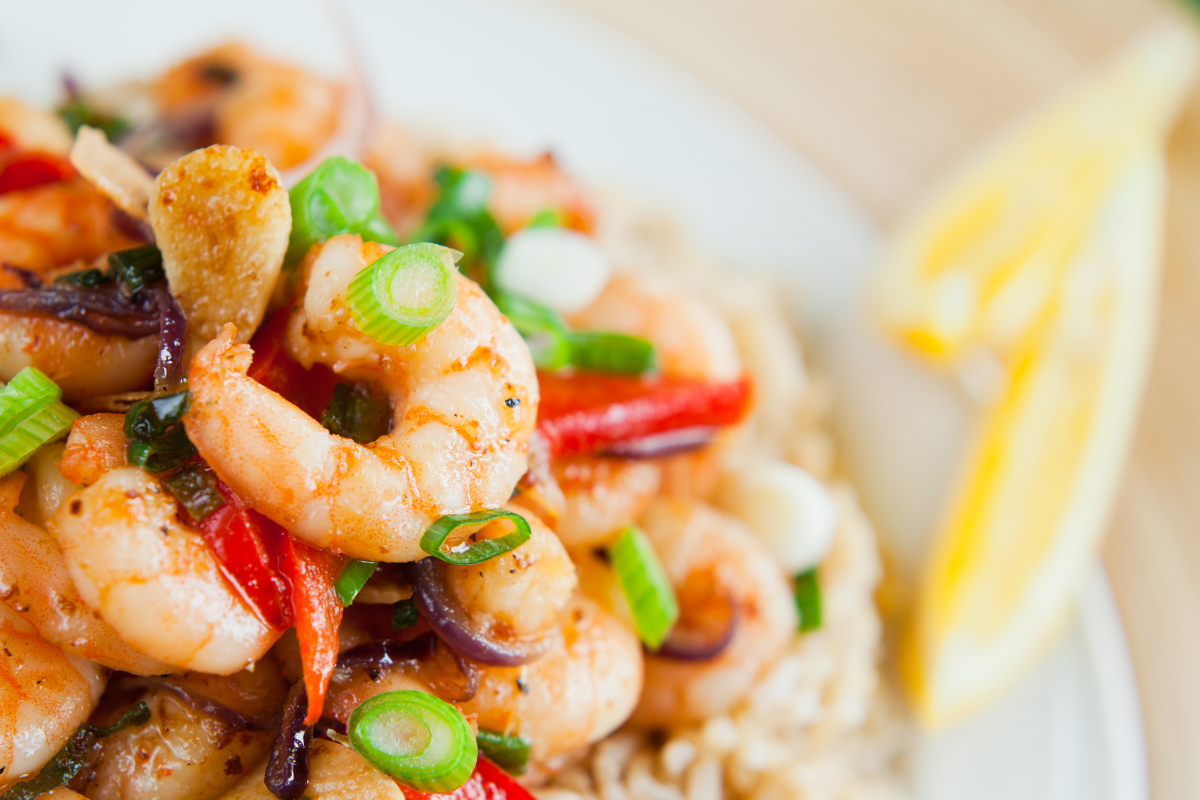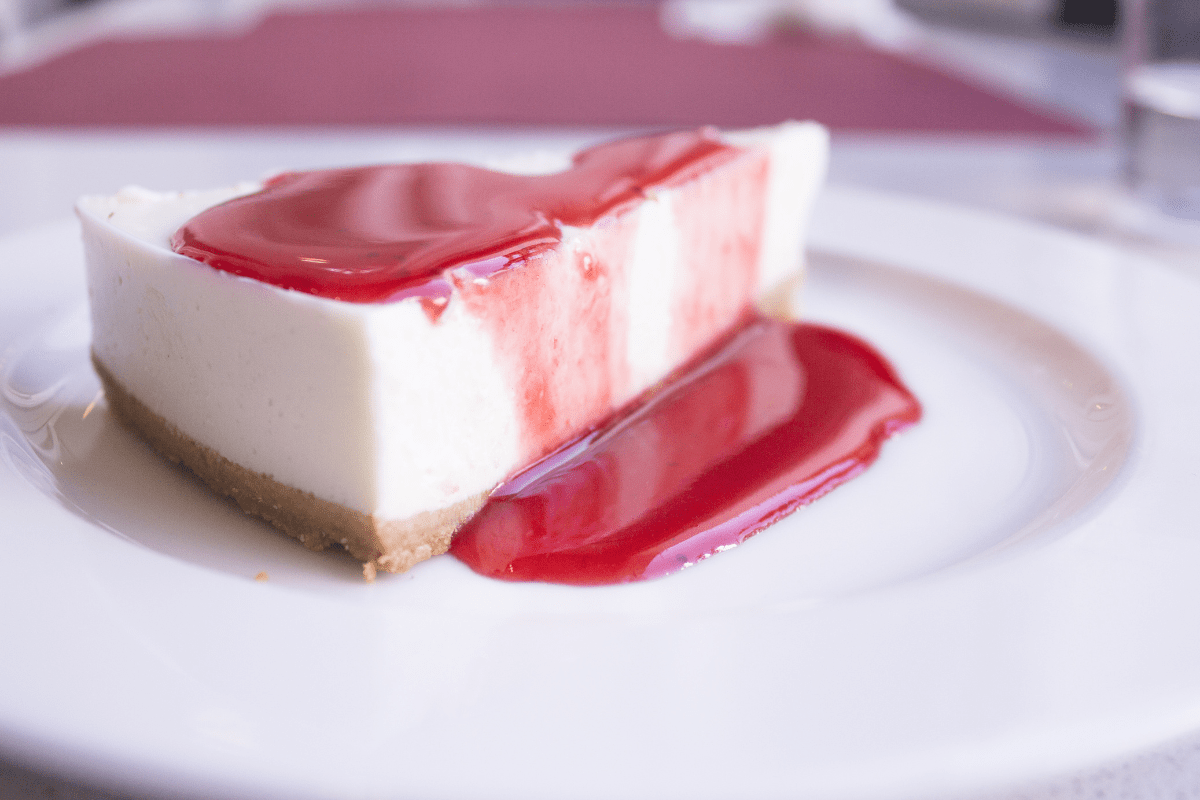Picanha originated in Brazil, where it is considered the best cut of beef and is the signature dish at churrascarias. While still lesser known in the States, picanha has nonetheless made its way into specialty restaurants via the Brazilian steakhouse, where it is served in traditional “gaucho” style and carved directly from a long roasting spit. Once tasted, most can agree that this is a uniquely tender and flavorful cut of beef. What is it that makes picanha so good, and how is it different from other similar cuts of meat?
What is Picanha in English?
The exact translation of picanha to English is complicated, since the origin of the word itself is not known. One theory suggests it is derived from the name of a shepherding pole used in parts of Spain and Portugal. This pole was called a picana, and might have been used to nudge the cattle along. “Picar” is also a verb in Spanish and Portuguese that can mean “chop,” which seems appropriate.
At any rate, the name of this cut of meat in the US is “sirloin cap” or “rump cap.” You will generally not find it in grocery stores, since American butchers tend to break this part of the cow down into smaller cuts we call rounds, loins, etc.
In Brazil, the picanha/rump cap is removed and sold intact with its thick layer of fat attached. This fat is partially what gives it such a unique and tender flavor.
What Does Picanha Taste Like?
When prepared properly, picanha has a buttery texture and lean, beefy flavor. It is most comparable to sirloin, which is an area just in front of the rump cap (where picanha comes from). Both cuts have very little fat within the meat, which means they must be properly cooked to avoid toughness.
Seasoning Picanha
Picanha needs very little help in bringing out its natural flavor. Our classic picanha at Texas de Brazil, for example, is seasoned with just rock salt and fresh black pepper. Quick and high heat creates a savory crust while keeping the inside a juicy medium rare.
Spicy Picanha
Looking for a little something extra in your picanha steak? Try a spicy version! Texas de Brazil is happy to announce that Spicy Picanha is now on our menu all year long! Smothered in a savory blend of spices, this punched up version of picanha is smoky, spicy, and delicious.
More great news: you can now purchase our signature spicy rub online to add amazing flavor to your at-home dishes.
Where to Buy Picanha
Again, you might not have much luck finding picanha in mainstream US grocery stores. Your best bet is to purchase your picanha online. Texas de Brazil’s online butcher shop allows you to select premium cuts of meat, including picanha, a la carte or in specially curated grill packages.
What to Eat With Picanha?
Picanha is one of the most delicious cuts of beef you will ever try. Pair it with steakhouse favorites like garlic mashed potatoes, roast vegetables, or sauteed mushrooms. Don’t forget the Brazilian cheese bread!




